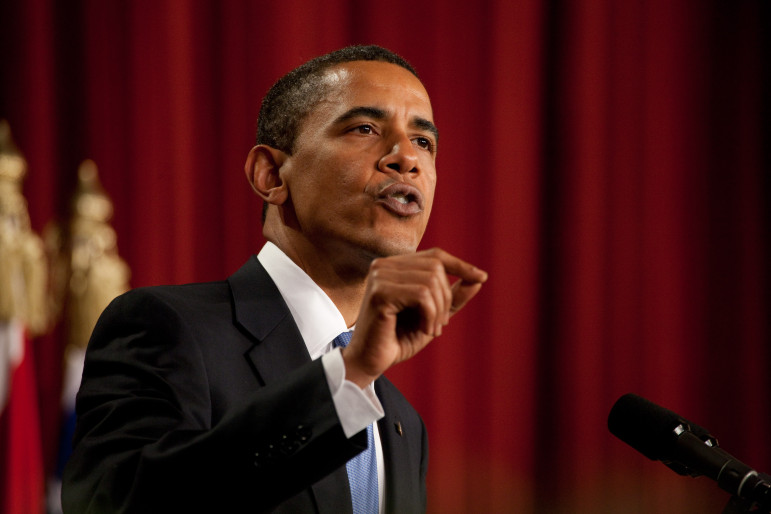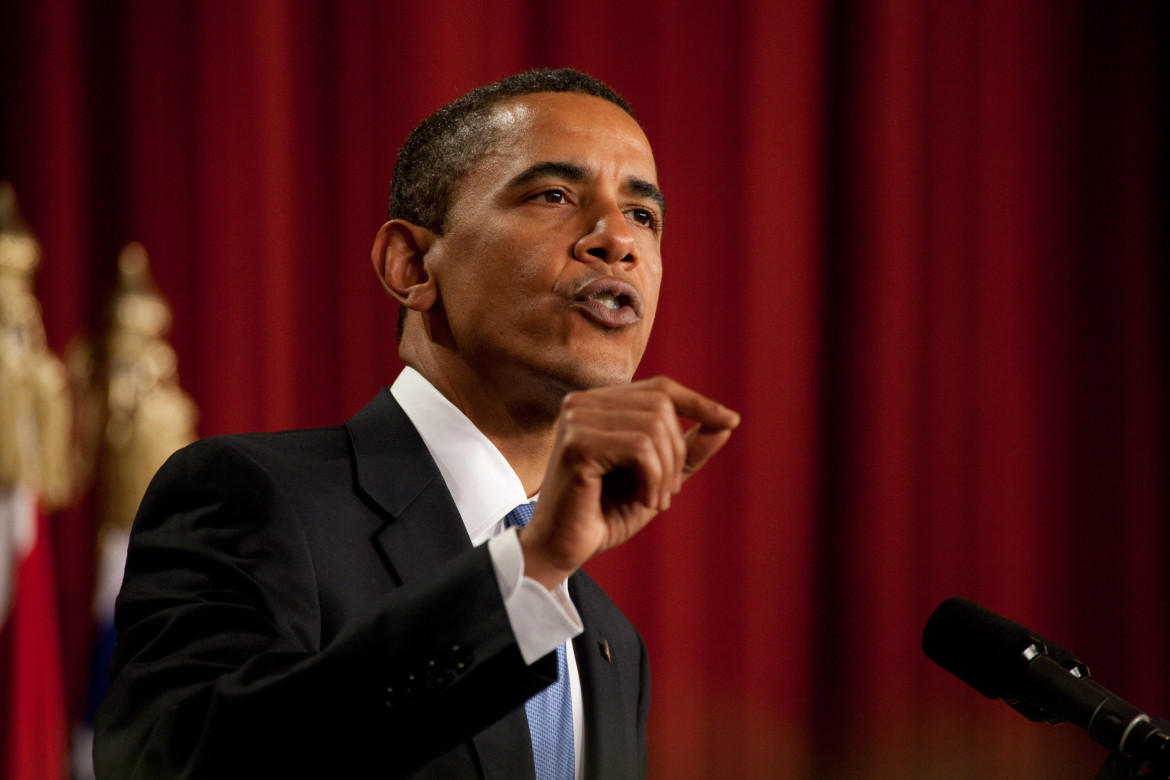
White House Photo by Chuck Kennedy
President Barack Obama
President Obama’s sweeping speech on criminal justice reform last month included a familiar refrain for juvenile justice reformers: “Kids are different.”
“Don't just tag them as future criminals. Reach out to them as future citizens,” he told the NAACP National Convention in Philadelphia.
The president’s speech was one marker in a recent string of political pronouncements, legislative rumblings and on-the-ground policy developments that have reformers hoping this is a moment for criminal justice reform — one that will include juvenile justice.
It’s early to say exactly how the momentum will play out for young people and their families who come into contact with the criminal justice system. But there are guideposts for whether and how that momentum is building, say advocates and analysts.
“It definitely feels like a pivotal moment. The question is what happens next,” said Marc Schindler, the executive director of the Justice Policy Institute, a Washington think tank that works to reduce incarceration.
In recent months, some states have taken action against the use of shackles and solitary confinement for juveniles. Reports on the success of “close to home” programs that try to keep juveniles connected to their families and communities while they are incarcerated were released, and high-profile raise the age campaigns were waged.
[Related: Juvenile Solitary Confinement: Modern-Day ‘Torture’ in the US]
Experts say lawmakers, prosecutors and judges are more receptive than ever before to science that shows children’s and teenagers’ brains are still developing, so they need to be treated differently in the justice system.
More broadly, there is bipartisan sentiment that the United States has an unsustainable and unproductive level of mass incarceration. Several major reform bills focused on the adult system have been introduced in Congress this year.
Derek Cohen, deputy director of the conservative group Right on Crime and the Center for Effective Justice at the Texas Public Policy Foundation, said it is important to look at each state individually because each has a unique starting point.
But he’s hard-pressed to think of places where change isn’t at least under discussion.
“I think that the prevailing winds have changed, that the fundamental landscape has changed,” he said.
Cohen expects juvenile justice reforms, which he said typically have had more support than adult reforms, not to get tossed out even as lawmakers focus on the criminal justice system broadly.
One federal indicator for juvenile justice reforms will be the ongoing reauthorization of the Juvenile Justice and Delinquency Prevention Act, which sets federal standards and supports for juvenile justice programs in state and local jurisdictions.
A bill to reauthorize the law, which was last updated in 2002, sailed through a Senate committee in July with bipartisan support and is headed to the Senate floor. What happens there and in the House will be telling about the strength of that bipartisan agreement, reformers say.
Schindler said the amount of funding dedicated to JJDPA will also be a key clue about how juveniles will fare in the coming years, as will the kinds of programs state and local governments decide to invest in. He wants to see programs that emphasize healthy communities with opportunities for adolescents to learn and mature in safe ways.
“Those are the types of things we know from the research make kids less likely to end up in the juvenile justice system,” he said.
Schindler said alongside signs of progress is evidence reforms are still needed, such as the increasing rates of racial disparities in the juvenile system even as the number of incarcerated juveniles has come down.
“We are not anywhere close to a fair system, so we’ve got a lot of work to do,” he said.
Schindler said he also will be watching to see whether the broad discussions of criminal justice reform look beyond nonviolent offenders to how violent offenders are treated within the system.
In addition, he’s interested in whether the consensus around the science that says kids are different will also spur reforms for young adults older than 18.
“People are starting to ask the right question, which is that if 22-, 23- and 24-year-olds are more like 15-year-olds than 40-year-olds, why are we treating them like 40-year-olds?” he said.
Elizabeth Clarke, founder and president of the Juvenile Justice Initiative, an advocacy organization in Illinois, said the criminal justice reform movement does seem to be at a unique moment.
But she also thinks the reform push could fall short of its potential if it fails to consider what’s happening in the United States in the context of international human rights.
“The problem really is that our whole notion of what is proportionate for punishment has not kept pace with the rest of the world,” she said.
Reforms should begin with the question of what is most humane, whether offenders are juveniles or adults, nonviolent or violent, Clarke said.
“Without that frame, the inroads that we’re able to make are going to be really narrow,” she said.
More stories related to this one:
Large Youth Prisons Inherently Prone to Abuse, Casey Says
OP-ED: A Prosecutor’s Perspective on Juvenile Justice Reform in 2015
OP-ED: Year After UN Slammed US on Youth Criminalization, How Are We Doing?

Pingback: Advocates, Analysts See Pivotal Moment in Push for Reforms | Right on Crime